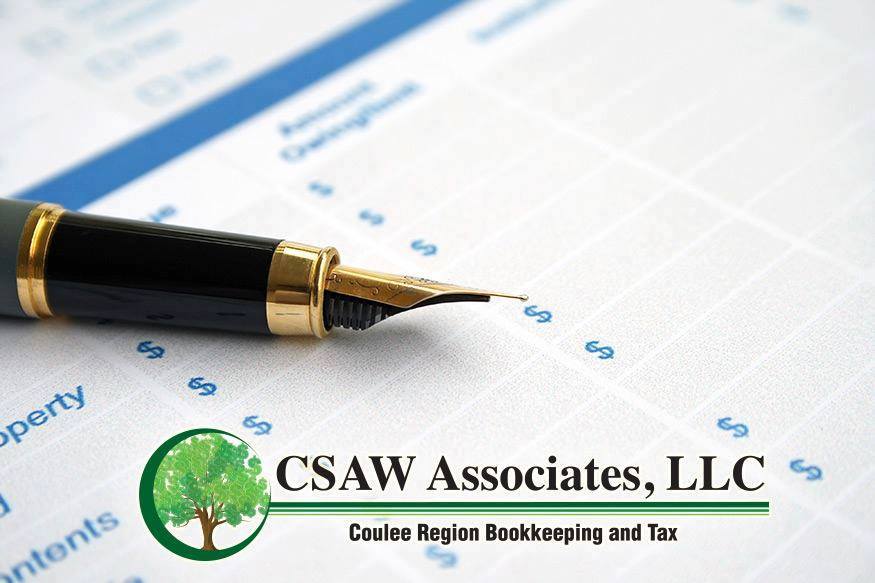ABLE Accounts – Final Regulations
ABLE (Achieving a Better Life Experience) accounts are for eligible individuals with a disability – they are tax-favored savings accounts to which contributions can be made to help pay for qualified disability expenses. The IRS recently released final regulations providing guidance related to various issues surrounding the requirements for 529A ABLE accounts.
ABLE accounts were established under the ABLE Act of 2014, in an effort to address the financial hardships for families with children having disabilities, as well as the anticipated increasing financial needs throughout those disabled individuals’ lifetimes. Proposed regulations were released in 2015, and then again in 2019 to address modifications under the Tax Cuts and Jobs Act (TCJA). The regulations provide a transition period of two years for ABLE programs to implement applicable provisions, and it is expected that IRS may issue additional guidance during that time as uncertainties and concerns arise.
Here are a few of the key areas of ABLE accounts.
Multi-State Programs
The final regulations clarify that an ABLE program may be maintained by two or more states if each of the states in the program sets all the terms of the program and is actively involved in its administration.
Persons Eligible to Set Up ABLE Account
A beneficiary can designate any person to establish an ABLE account, and if a beneficiary is incapable of setting up his/her own account, it can be set up by a power of attorney, conservator or legal guardian, spouse, parent, sibling, grandparent, or representative payee (in that order). A certification by an individual (under penalties of perjury) that he/she is authorized to set up the ABLE account on behalf of the beneficiary may also be accepted by ABLE programs, per the final regulations.
Persons with Signature Authority
The final regulations offer several options as far as who (and how many) may have signature authority on an ABLE account. The person who established the account generally does, although the beneficiary can replace that person’s signature authority with his/her own, or a specified designee. An ABLE program may allow co-signatories and may also permit the person with signature authority to establish sub-accounts within the ABLE account with different signatories for each.
One Account Rule
An ABLE account may not be set up for a beneficiary who already has an existing ABLE account open. If it is found that a previous ABLE account exists after a subsequent ABLE account has been set up, the subsequent account will maintain ABLE status if, by the due date of the tax return for the year in which the second account was established, all of the contributions to the new account (and any income earned) are returned to the contributor(s) or transferred to the beneficiary’s pre-existing ABLE account.
Disability Certification/Eligibility Recertifications
The final regulations permit an ABLE program to rely upon a certification signed by the beneficiary or an individual setting up the account on his/her behalf. The certification must state that the individual either has a medically determinable physical or mental impairment that can be expected to result in death or last for a period of not less than 12 months, or that he/she is blind and that such disability occurred before the age of 26. The regulations require ABLE programs to obtain annual recertifications unless an alternative method is established (giving ABLE programs broad discretion to create their own recertification methods).
Loss of Eligibility
The final regulations state that even if a beneficiary who was eligible when an ABLE account was established later loses eligibility due to an improvement in his/her condition, the ABLE account continues to be an ABLE account. The program must stop accepting contributions to the account on the first day of the first year a beneficiary is no longer considered an eligible individual. Withdrawals made from the account on any date after the date that the beneficiary is no longer considered disabled are not qualified disability expenses.
Annual Contribution Limit/Additional Contributions
The annual limit for contributions to an ABLE account is the same as the annual gift tax exclusion amount ($15,000 for 2020). However, certain employed or self-employed beneficiaries may qualify to make additional contributions. An ABLE program may rely on certification from the beneficiary (or a person acting on his/her behalf) that the employee is an “employed designated beneficiary” and therefore eligible to make the additional annual contributions.
Other Issues Addressed
Payment of administrative and investment fees out of ABLE accounts do not constitute distributions for tax purposes.
The beneficiary may treat expenditures made in the first 60 days of a calendar year as having been made in the prior year (for purposes of matching qualified disability expenses with distributions in a given tax year).
Upon death of a beneficiary, after the expiration of any statute of limitations for filing Medicaid claims against a beneficiary’s estate, an ABLE program may distribute the balance of the account to a successor beneficiary or, if none, to the deceased beneficiary’s estate.
Gift tax and generation-skipping transfer tax do not apply to transfers of an ABLE account by rollover, program to program transfer, or change in beneficiary. Any other transfer is considered a taxable gift or transfer of the entire account by the beneficiary.
If you’d like to discuss how ABLE accounts could impact your taxes, please feel free to contact us.



